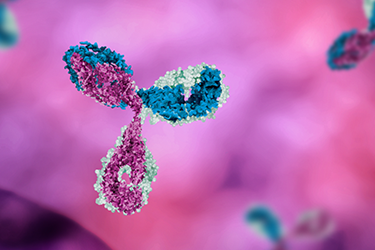Comprehensive Peptide Mapping Of Biopharmaceuticals Utilizing Electron Activated Dissociation (EAD)
By Zoe Zhang, Kerstin Pohl, Takashi Baba, Pavel Rumin, Bill Loyd, Jason Causon and Elliott Jones, SCIEX

As next generation biologics become more complex and sophisticated in terms of structure, the requirements of analytical tools for characterization and quality assessment are consequently increasing. Traditionally used collision-induced dissociation (CID) has a number of limitations in PTM localization. It is limited in its ability to determine peptide side chains and in its disulfide mapping capabilities. Alternative fragmentation, however, struggled with sensitivity, reproducibility, and acquisition speed. These fundamental limitations have restrained the widespread adoption of alternative fragmentation as the primary technique for peptide mapping.
The automated characterization of challenging post-translational modifications (PTMs), the confirmation of amino acid (AA) isomers and a streamlined, simplified disulfide mapping approach will be presented in this work. We demonstrate in-depth peptide mapping of new and complex molecules, as well as standard monoclonal antibodies (mAb), that can be achieved with this system in a fully automated fashion. Increased MS/MS sequence coverage, PTM characterization and AA isomer elucidation can be accomplished with this newly designed type of mass spectrometer.
Get unlimited access to:
Enter your credentials below to log in. Not yet a member of Bioprocess Online? Subscribe today.
